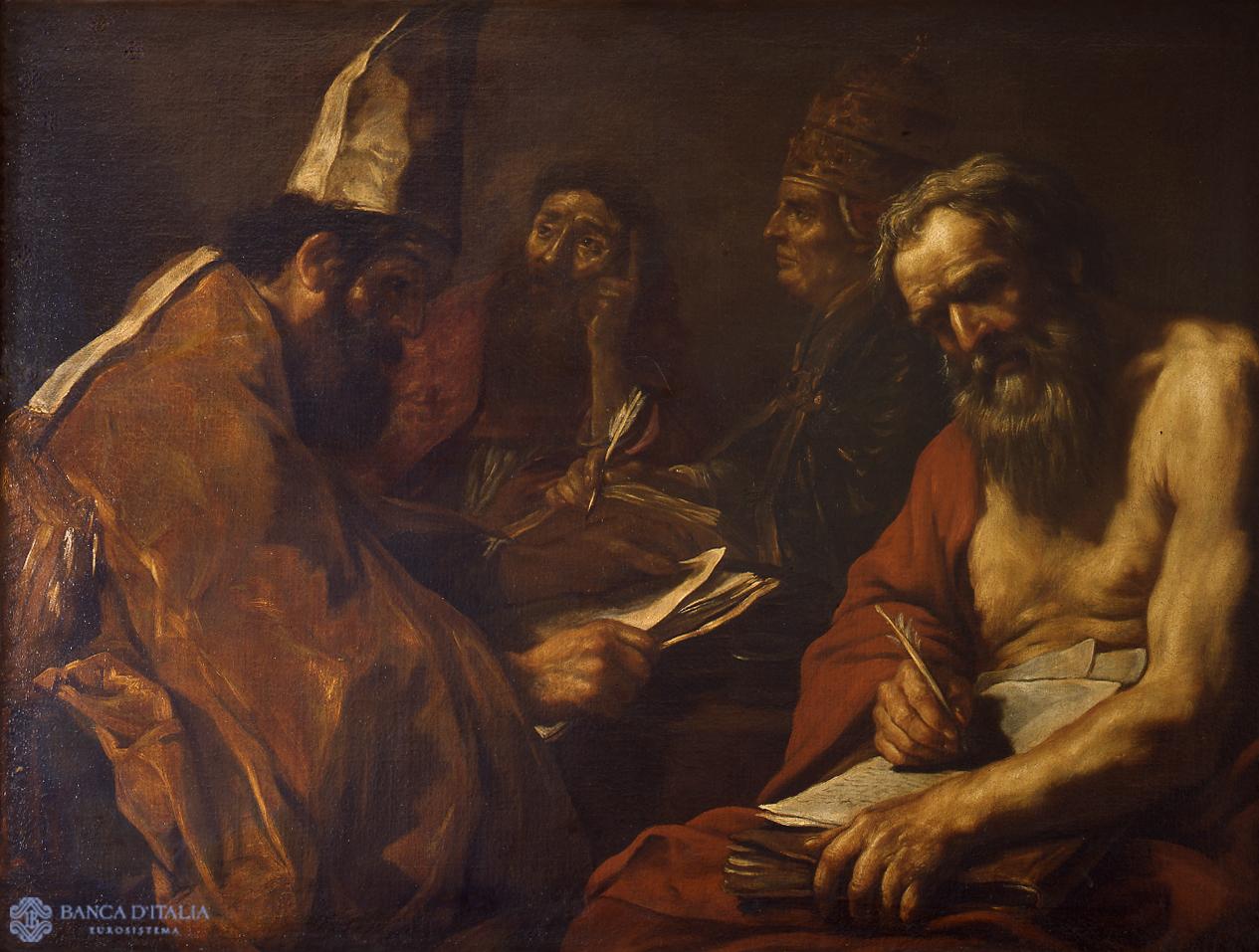Vignon was one of the leading French painters working in the manner established by Caravaggio. He was born in Tours in 1593 to a Calvinist family and trained in the studio of the Mannerist painter Jacob Bunel. His contacts in Paris with the sophisticated milieu of the court of Henri IV and Maria de’ Medici and with the second school of Fontainebleau had a considerable influence on his early training.
The young Vignon moved to Rome probably in about 1609-10, when he was just 15 or 16 years old. In the city, which at the time was home to numerous French artists, he was greatly struck by Caravaggio’s naturalism and influenced by the way the master’s work was interpreted by his early followers, notably Simon Vouet, Bartolomeo Manfredi and the young José de Ribera. Vignon’s rapid assimilation of Caravaggio’s style resulted in a predilection for dark backgrounds and close-up views, combined with the use of strong chiaroscuro effects. The richness of colour, a distinctive feature of Vignon’s work, is enhanced by rapid, feathery brushstrokes. From 1617-1619 Vignon also began to produce etchings as a result of his friendship with the publisher François Langlois and the engraver Pierre Brebiette.
He returned to Paris in 1623-1624, where he undertook several commissions for Cardinal Richelieu (Palais Cardinal, now the Palais Royal, in Paris and the castle near Poitou). He died in Paris in 1670 aged 77.
Claude Vignon
Claude Vignon (Tours 1593 - Paris 1670)
17th century AD


